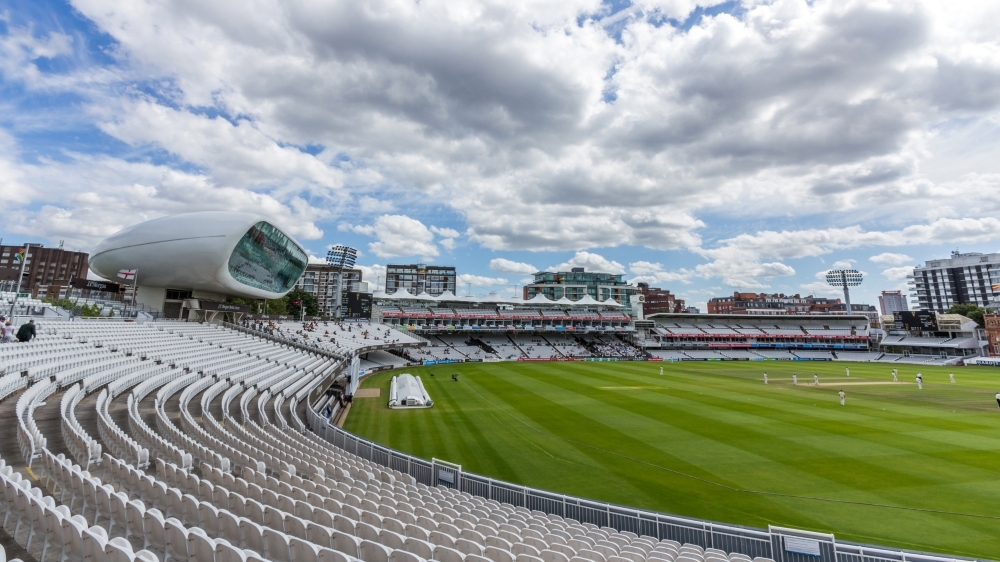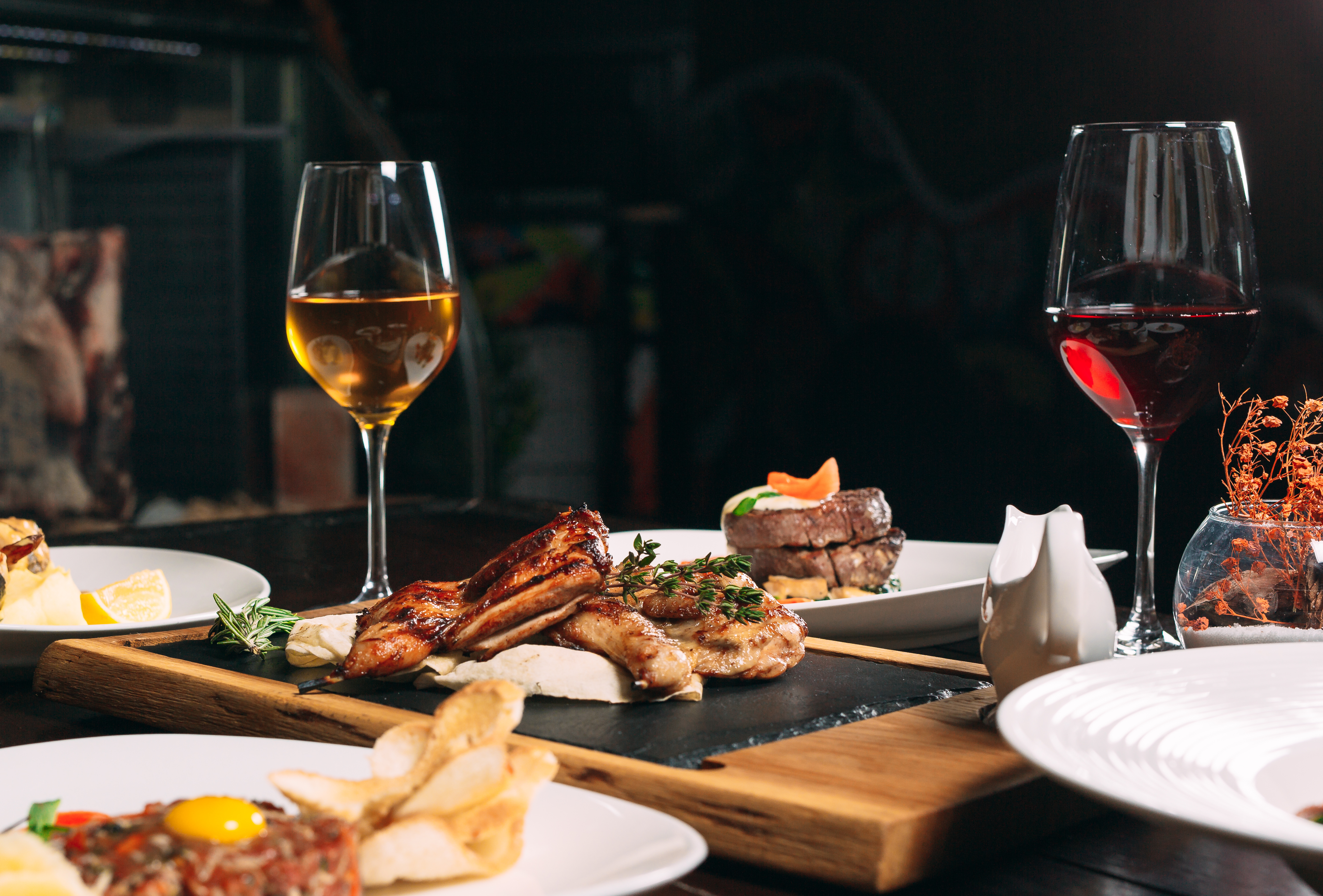A Guide to the Incredible Hampton Court Palace Interior
History, grandeur, and tales of regal succession and intrigue are sewn into the very fabric of Hampton Court Palace. It stands amongst the most iconic royal palaces in the whole of the United Kingdom, with thousands of annual visitors making the short pilgrimage down the river from Central London to experience it for themselves. The architecture and interiors of this fascinating Grade I-listed building demand attention and play an important role in uncovering the remarkable stories that lie within.

The palace was originally a manor for the Knights Hospitallers of St John Jerusalem, but in 1515, the land was leased to the Archbishop of York, Thomas Wolsey, on a 99-year lease. He rebuilt the mediaeval manor house that was previously on the site on a grand scale, with the intention of creating a location fit for hosting royalty. He succeeded in this goal, and the palace quickly became a favourite of King Henry VIII.
Unfortunately for Wolsey, by 1529, he had fallen out of favour with the king after failing to help him get his marriage to Catherine of Aragon annulled, and Henry took the palace for himself.
Henry VIII’s home
The king used Hampton Court Palace for multiple purposes. At times it was both a royal residence and a seat of government. He hosted banquets to show off his power and made multiple upgrades to the site and its grounds, adding a chapel, the Great Hall, paintings, a 1,100 acre hunting park, pleasure gardens, and more. He was also a keen sportsman, commissioning a tiltyard (similar to a modern day stadium) in the grounds for jousting, and a tennis court.
The palace had multiple lodgings, lavish decoration throughout, and the huge Hampton Court kitchens, designed to feed the vast household of courtiers and aristocrats. It was not unusual for there to be 1,000 courtiers and servants in Hampton Court at one time, and modern-day visitors will no doubt find themselves imagining the scene as they wander its rooms today.
This was an active household on an amazing scale. At its peak, the kitchens employed around 200 people and prepared more than 800 meals daily to feed Henry’s household, burning their way through 1.3 million logs each year. The kitchen was so large they were divided into numerous departments, with a Sergeant and a team of yeomen and grooms responsible for each.
The palace hosted many significant moments in Henry’s life and beyond. Famously, his fifth wife Catherine Howard was accused of adultery and arrested here, and her ghost is said to roam the ‘Haunted Gallery’.
Life at Hampton Court Palace after Henry VIII
Hampton Court continued to serve as a royal residence after Henry VIII’s death in 1547. During the English Civil War, King Charles I was imprisoned there in 1647 before his eventual escape, recapture, and execution in 1649.
While Charles II also made use of the palace, it was in the late 17th century that King William III and Queen Mary II made significant alterations, commissioning extensive renovations that included the addition of a grand Baroque wing designed by Sir Christopher Wren.
Don’t allow the name ‘apartments’ to confuse you, though, this part of the palace is just as grand as the rest. The painting ‘Victory of Alexander over the Caesars’ by Antonio Verrio hangs on the grand staircase to the apartments, leading to the Guard Chamber, Presence Chamber, Eating Room, Privy Chamber, the Great Bedchamber, and Little Bedroom.
Numerous renovations have taken place in the years since. In the 18th century, during its final years as a royal residence, George II notably added a Chocolate Kitchen to serve hot chocolate to the king and his courtiers. By 1737, King George II ceased using Hampton Court as a royal residence, and no monarch has lived there since. It was repurposed for grace and favour apartments, and in 1838, Queen Victoria opened the state apartments and gardens to the public.
The Great Hall
The Great Hall is one of the most famous parts of the palace, and it’s easy to understand why. This mediaeval hall, which sits at the centre of the palace, was added by Henry VIII between 1532 and 1535 as a way of demonstrating his power. At 106 feet long, 40 feet wide, and more than 60 feet high, it’s the palace’s largest room.
The hammer-beam wooden roof is a remarkable feat of craftsmanship and engineering, consistently captivating visitors. The roof features the coat of arms of Anne Boleyn, and the initials H and A were added on the wooden screen at the end of the hall to celebrate the marriage of Henry to his second wife.
It also served a practical purpose as a magnificent dining and entertaining space for the king and future royals. Throughout King Henry VIII’s rule, this space was used for daily dining, and it also hosted dances, plays, and masquerades.
For a time in the early 1700s, the Great Hall was a full-time theatre, featuring a stage and tiered seating for the audience. Architect James Wyatt removed the theatre during renovations in 1800, as he aimed to return it to its Tudor appearance.
Another impressive aspect of the space is the stained-glass windows, which were added during a second restoration by Edward Jesse in the 1840s. These colourfully show the remarkable genealogy of Henry VIII and feature his six wives, and his chief minister Thomas Wolsey.
Visiting the Palace
A visit to Hampton Court Palace offers an opportunity to see its spectacular interiors up close. Magnificent spaces such as The Great Hall, Henry’s VIII’s Kitchens, the Great Watching Chamber, The Chapel Royal, William III’s Apartments, and several galleries, are all open to the public.
Art lovers will enjoy their time here too, as the Cumberland Gallery features masterpieces by Carvaggio, Rembrandt, van Dyck, and more. These are among the works on display from what is considered one of the world’s largest and most impressive art collections.
The palace grounds cover 750 acres, so it’s worth allowing plenty of time to enjoy your visit as it can take around four to five hours to see the palace and garden as a whole.
As this is a ticketed attraction, many visitors find it easier to buy tickets in advance. There are interesting guided tours and interactive exhibits, and the palace also plays host to a number of events, like the Hampton Court Palace Festival and the RHS Hampton Court Palace Flower Show.



